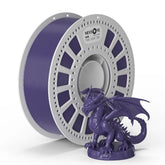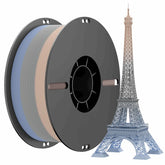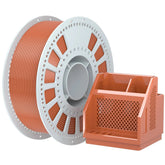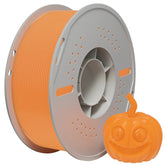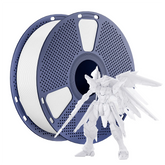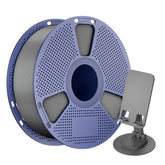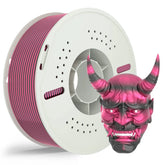What 3D printing filament will work best against repeated falls and blows?
by
Nevsbye Official
20 Aug 2025

What 3D printing filament will work best against repeated falls and blows?
For applications requiring high impact resistance and durability against repeated falls and blows, several filaments stand out for their superior toughness:
Top Choices for Impact Resistance
1. PETG (Polyethylene Terephthalate Glycol)
- Best overall choice for impact resistance
- Excellent balance of strength, flexibility, and toughness
- Chemical resistant and doesn't become brittle over time
- Easy to print and widely available
- Good layer adhesion prevents delamination under stress

2. ABS (Acrylonitrile Butadiene Styrene)
- Traditional choice for impact-resistant parts
- High toughness and excellent shock absorption
- Used in automotive bumpers and protective equipment
- Can handle repeated stress cycles well
- More challenging to print thanPETG (requires heated bed and enclosure)

3. ASA (Acrylonitrile Styrene Acrylate)
- Similar toABS but with better UV resistance
- Excellent impact strength and weatherability
- Ideal for outdoor applications
- Maintains properties over temperature variations
Specialty High-Impact Options
4. PC (Polycarbonate)
- Highest impact resistance among common filaments
- Used in bulletproof glass and safety equipment
- Extremely tough but requires high printing temperatures (270-300°C)
- Needs advanced printer with all-metal hotend
5. Nylon (PA)
- Exceptional toughness and wear resistance
- Self-lubricating properties
- Excellent for mechanical parts under stress
- Absorbs moisture, requiring careful storage and drying
6. TPU (Thermoplastic Polyurethane)
- Flexible material that absorbs impacts through deformation
- Excellent for protective cases and shock-absorbing applications
- Returns to original shape after impact
- Harder durometers (85A-95A) provide better impact protection

Enhanced PLA Options
7. PLA+ or Tough PLA
- 2-3 times more impact resistant than standard PLA
- Much easier to print than engineering plastics
- Good compromise between printability and toughness
- Suitable for less demanding impact applications

Recommendations by Application
For Maximum Impact Resistance:
- Polycarbonate (if you have an advanced printer)
- PETG (best balance of performance and printability)
- ABS /ASA (proven track record)
For Easy Printing with Good Impact Resistance:
For Flexible Impact Absorption:
- TPU (85A-95A durometer)
Printing Tips for Maximum Strength
- Increase wall thickness (3-5 perimeters)
- Higher infill density (40-80%)
- Use stronger infill patterns (gyroid, grid, triangular)
- Optimize layer adhesion with proper temperatures
- Consider print orientation to align layer lines with stress direction
- Post-process with annealing (for PLA+ andPETG)
PETG typically offers the best combination of impact resistance, printability, and reliability for most applications requiring durability against repeated impacts, making it the top recommendation for most users.
